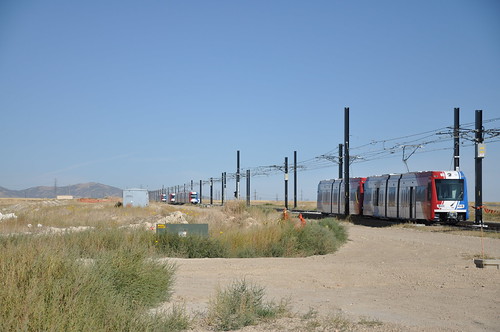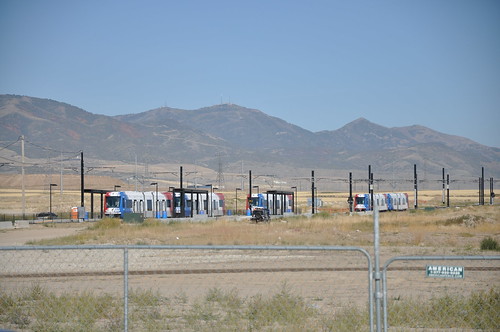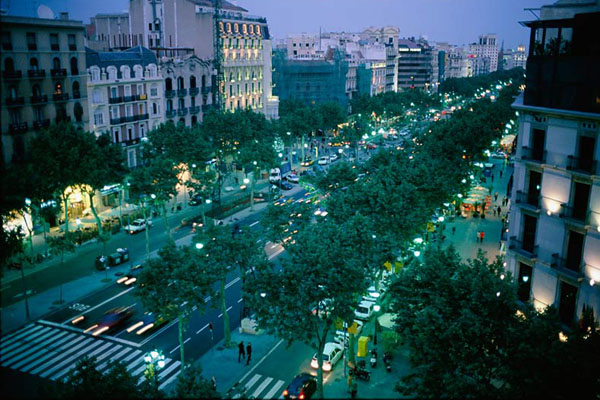First we flew into Stockholm, some of the highlights included the awesome train from the airport that took 20 minutes to downtown at 205 km/hr. That's one fast ride. Over the course of two weeks, we flew, took intercity rail, tram, bus, commuter bus, metro, ferry, large ferry, taxi, and yes rental car. It rained a lot so no bikes. But its not all about transportation. Here are some shots from Sweden and Denmark. I'll get to Norway in another post.
Scandinavia is famous for bikes, but I was impressed also with the subways and trams. I would be remiss if I didn't start with the Trams. This lane is shared by Trams and buses and the vehicle is a Bombardier Flexity.
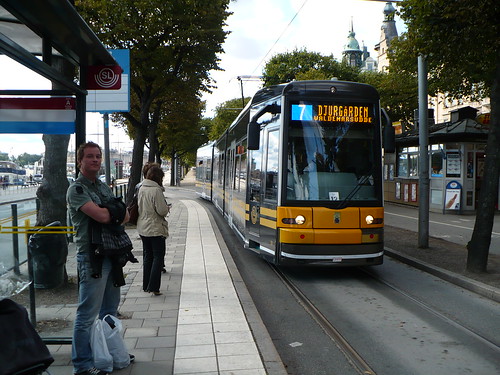
Here's Rush hour in Stockholm:

And one of the worst traffic nightmares in the city (Slussen Locks) protects cyclists with some colorful barriers
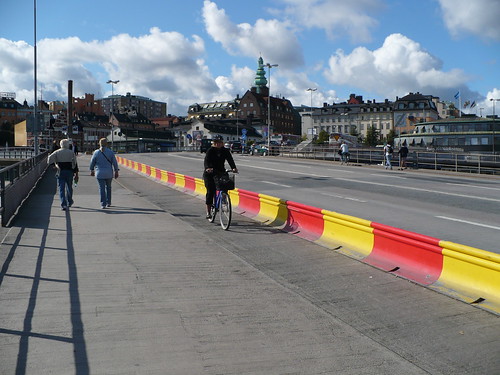
But even more fun in these cities is the old central city. In Stockholm, this area is known as Gamla Stan. The Central Square known as the Stortorget has a fountain that is the center of the country. Distances in different parts of the country are measured to it and it has been the location for some famous historical events. It is said that the white stones on the red building in the photo represent each of the Swedish nobles that were beheaded in the square by the King of Denmark.
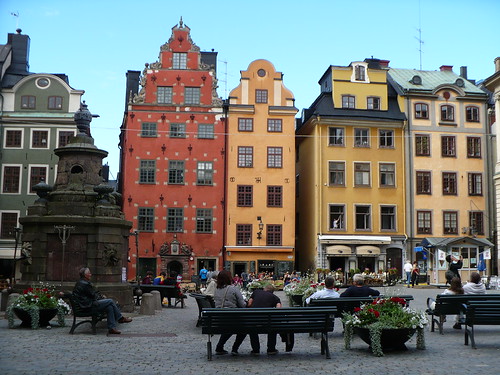
Back in the narrow passageways behind the Stortorget you can see small Phoenix's over windows representing who had paid their fees for the fire department to save the house.
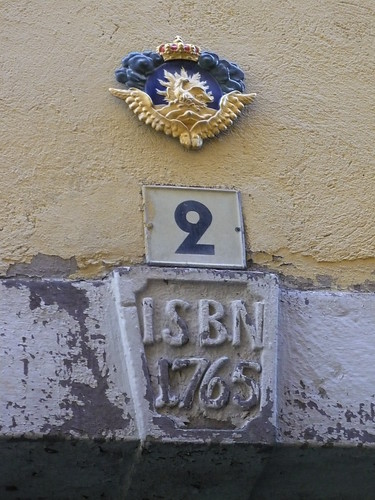
Across the lake from Gamla Stan is the 1700s Warship Vasa that sunk only a few minutes after launch and was only found again at the bottom of the lake in the 1950s. It is probably one of the most amazing things you'll see in the city.


On to Copenhagen, home of the bikes! It's a great city but I thought it felt a little less clean than Oslo, Bergen, or Stockholm.
In the Assistens Kirkegaard, half park/half cemetary, noted Danes including Hans Christian Anderson and Neils Bohr are buried. It's a beautiful place.
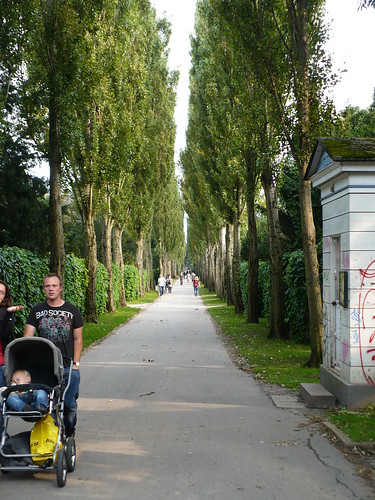
Off the main shopping street, a small back ally called the Pistolstrade will bring you to some Half Timbered buildings that are fun and brightly colored.

Back into the City, the City Hall is defended by a pair of fearsome looking Walruses (Walri?)

Across town at the Rosenborg Slot (Castle), the crown has been showing off the Jewels and living quarters of Danish Kings since the end of the 19th Century. These are some of the toy soldiers kept in the basement vault.

Christian IV was the major part of the progress of the Danes and there are a number of monuments to his movement to Lutheranism around the city including this history statue. The guy was pretty hardcore. At his castle Rosenborg, there is a room with his shirt bloodied after a battle and the shrapnel pulled from his eye that he made into ear rigns and gave to his mistress. That's love right there. Or something...

The first day we also took a train to Roskilde, home to a major music festival and the Viking Ship museum. I highly recommend it if you have kids, or even if you don't. The cool thing is that they show how the ships are built and how they used the wood to build them. This photo shows what parts of the tree they used for certain parts of the boat. Also, they've uncovered a number of viking ships including merchant vessels and warboats. Very cool.


I've got a lot from Norway as well. I'll post those later this week. Until then you can see them all on my Flickr page.




























